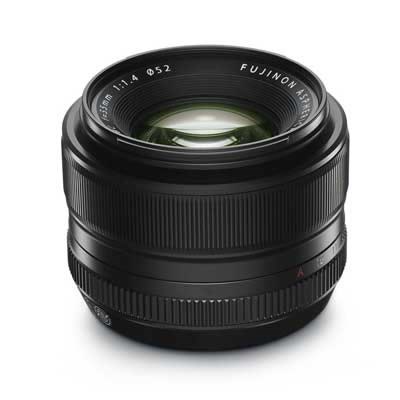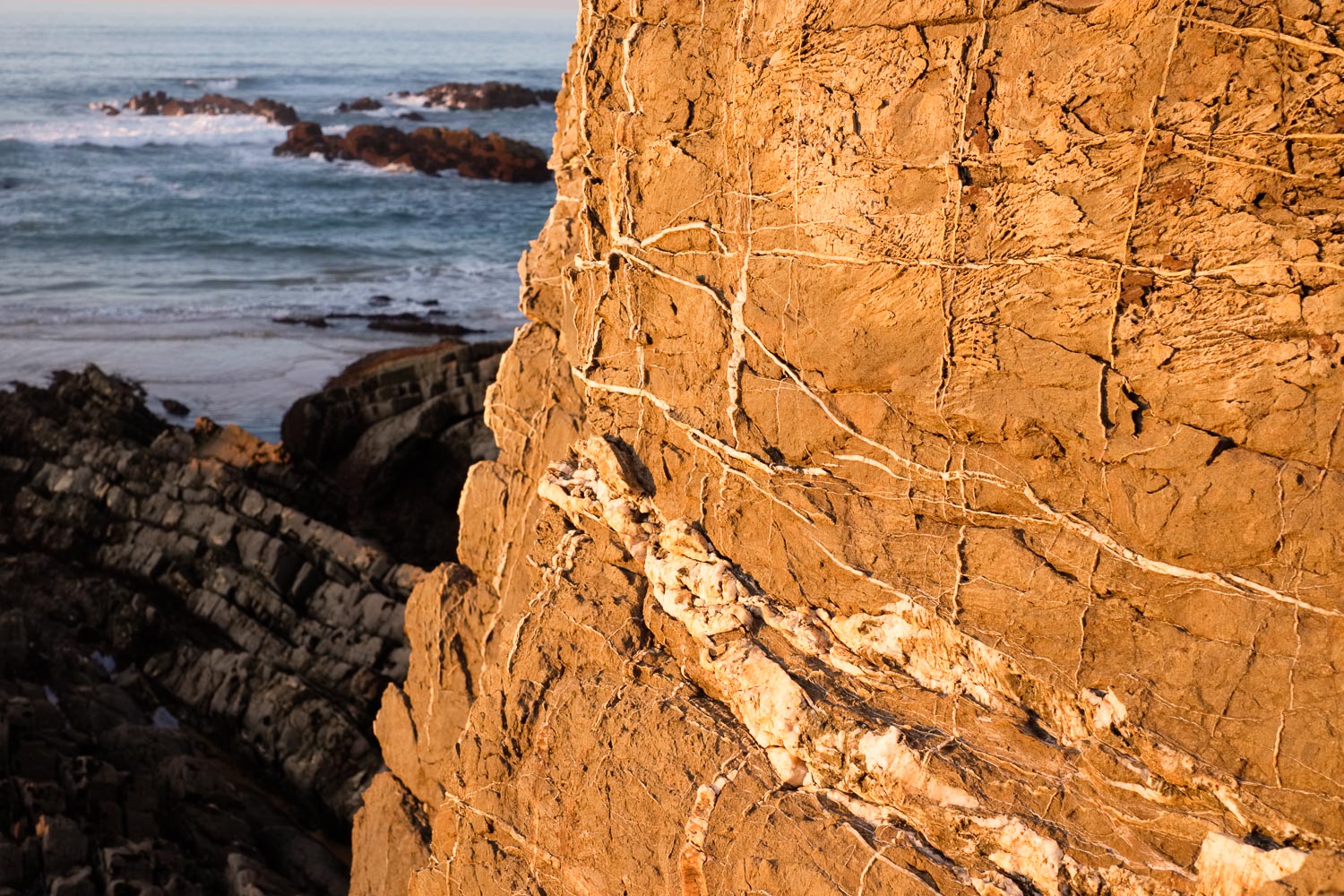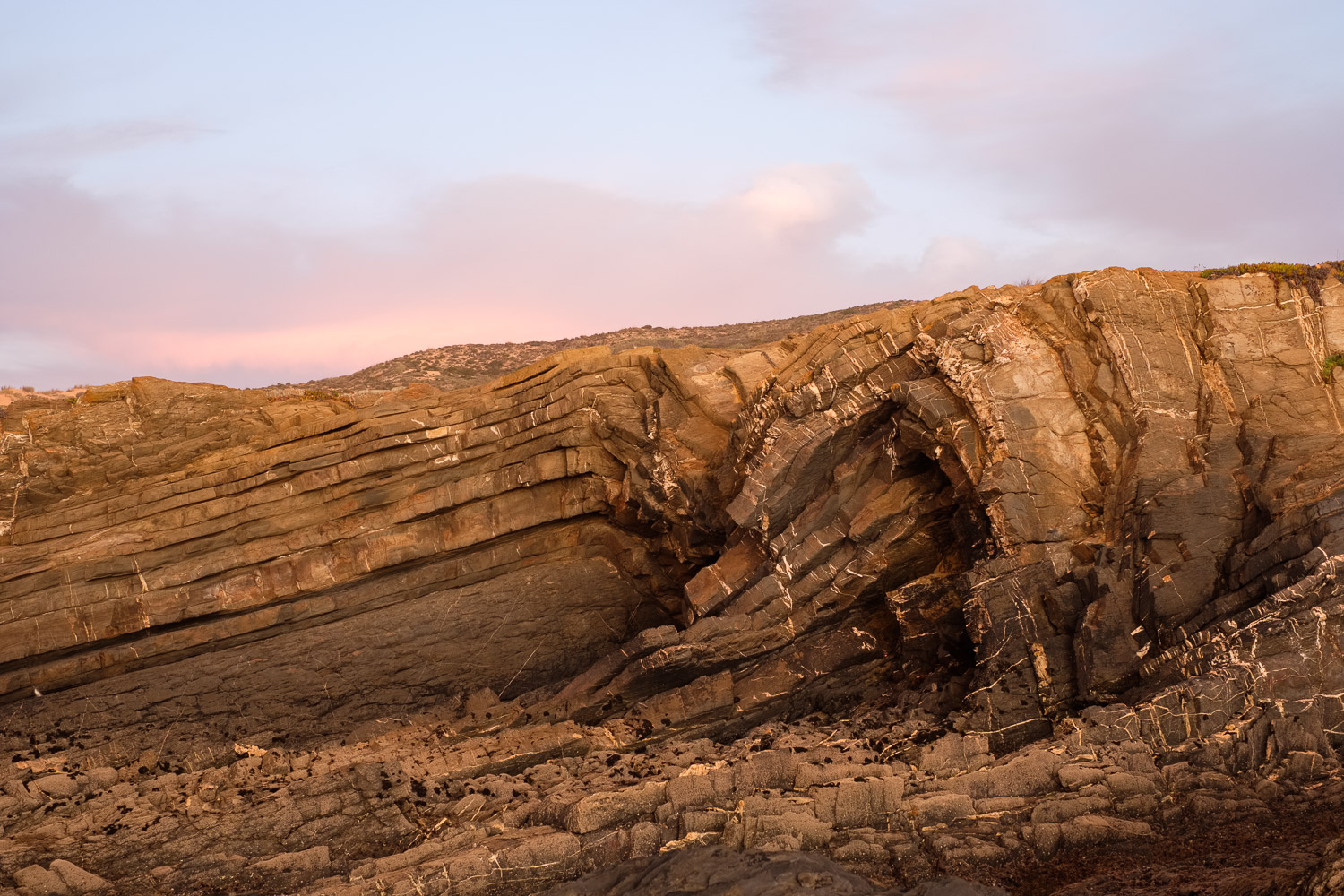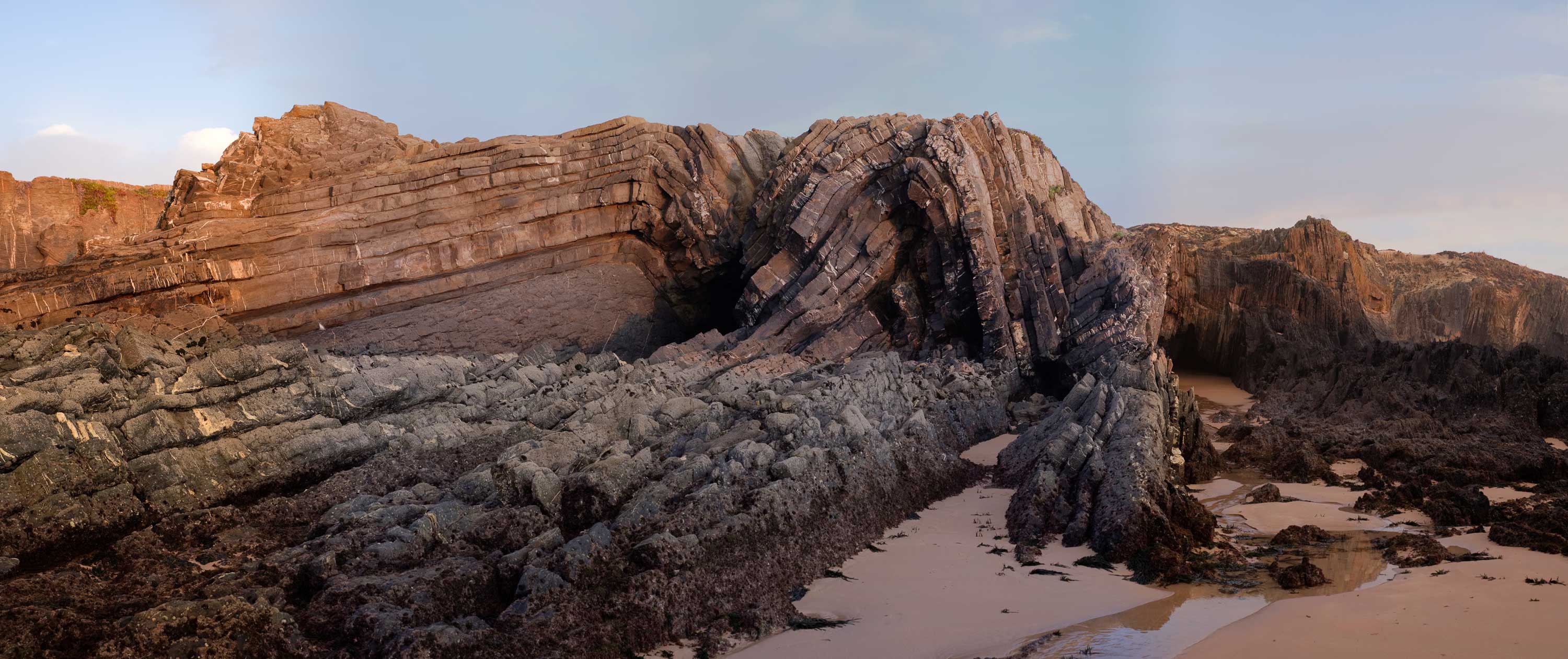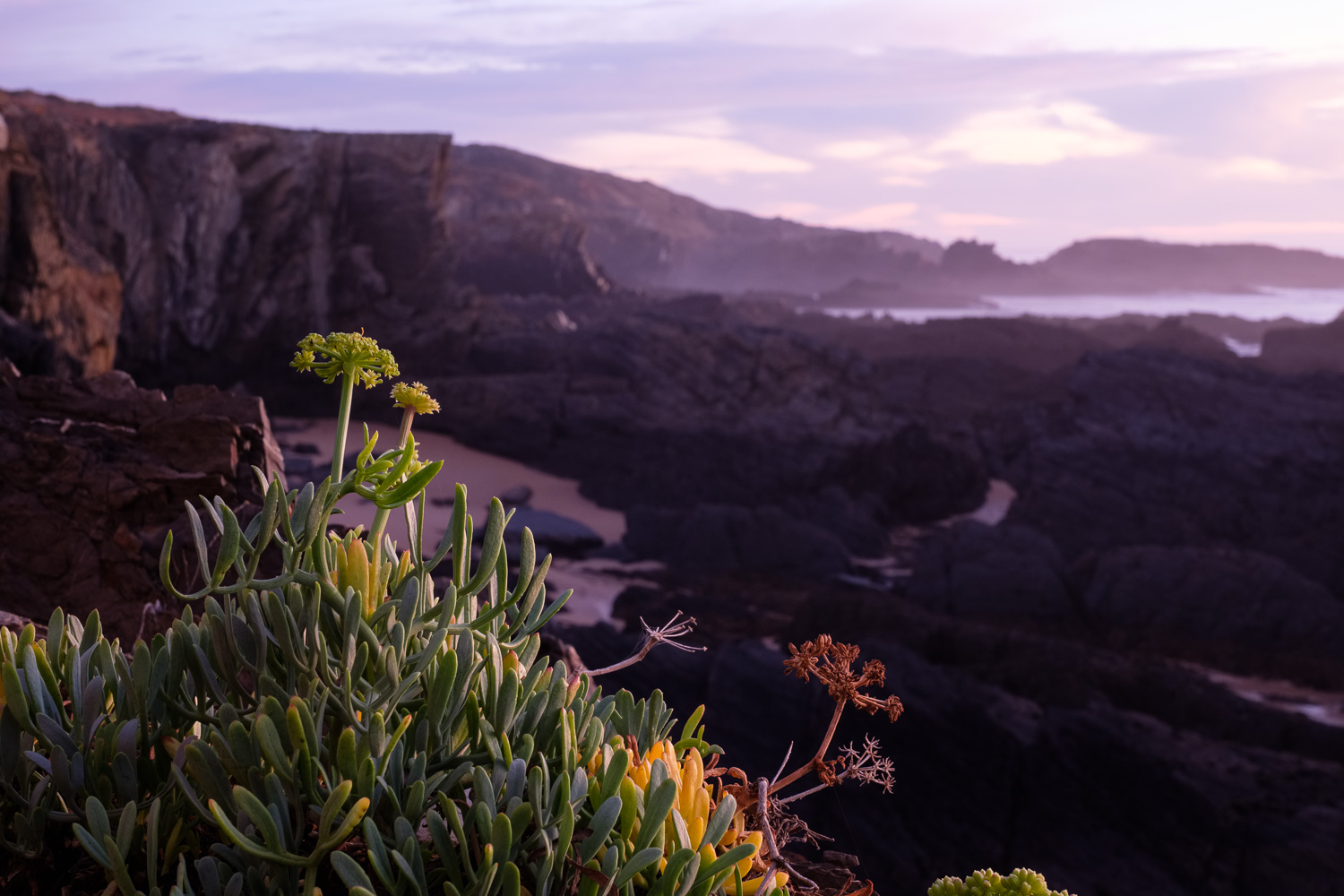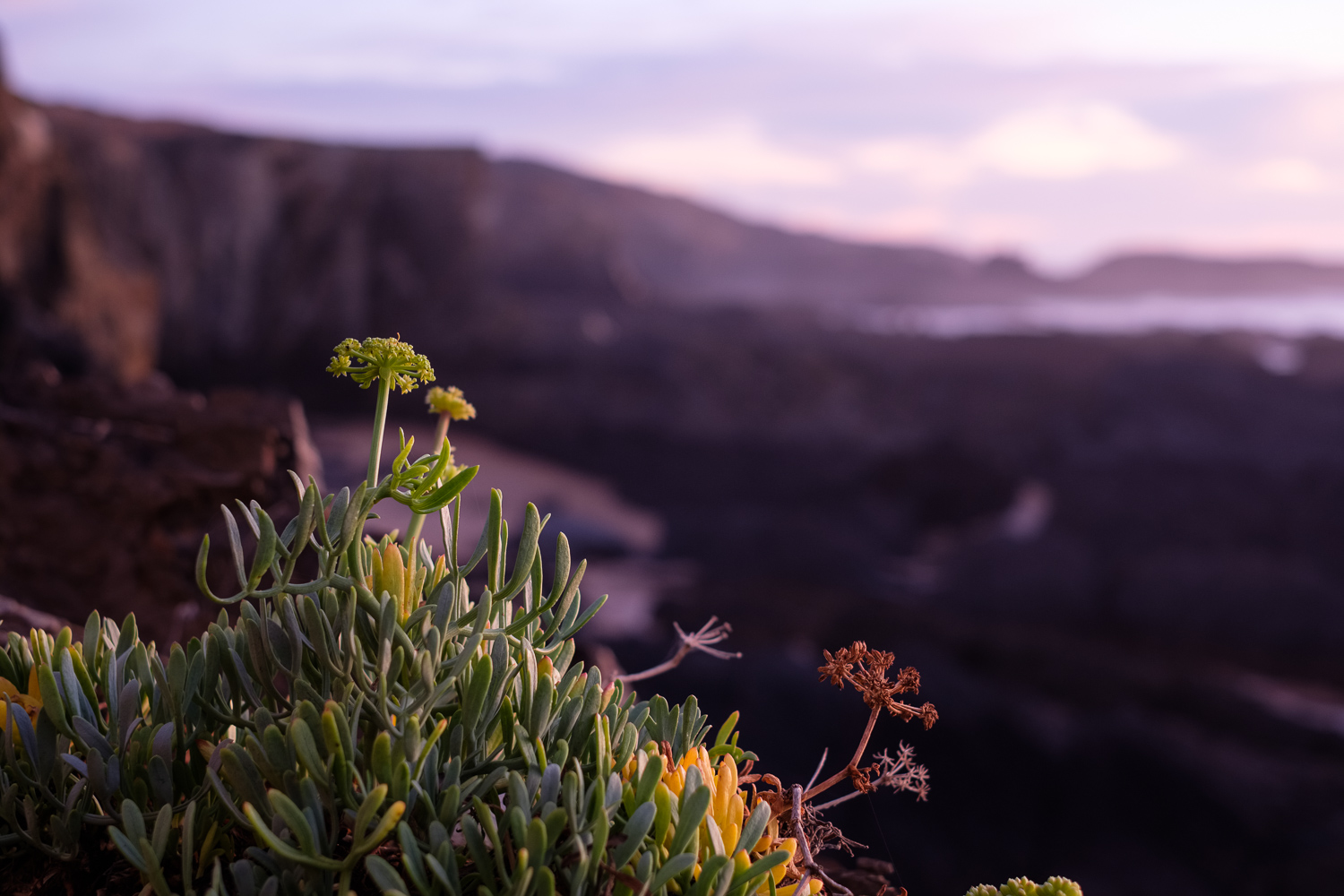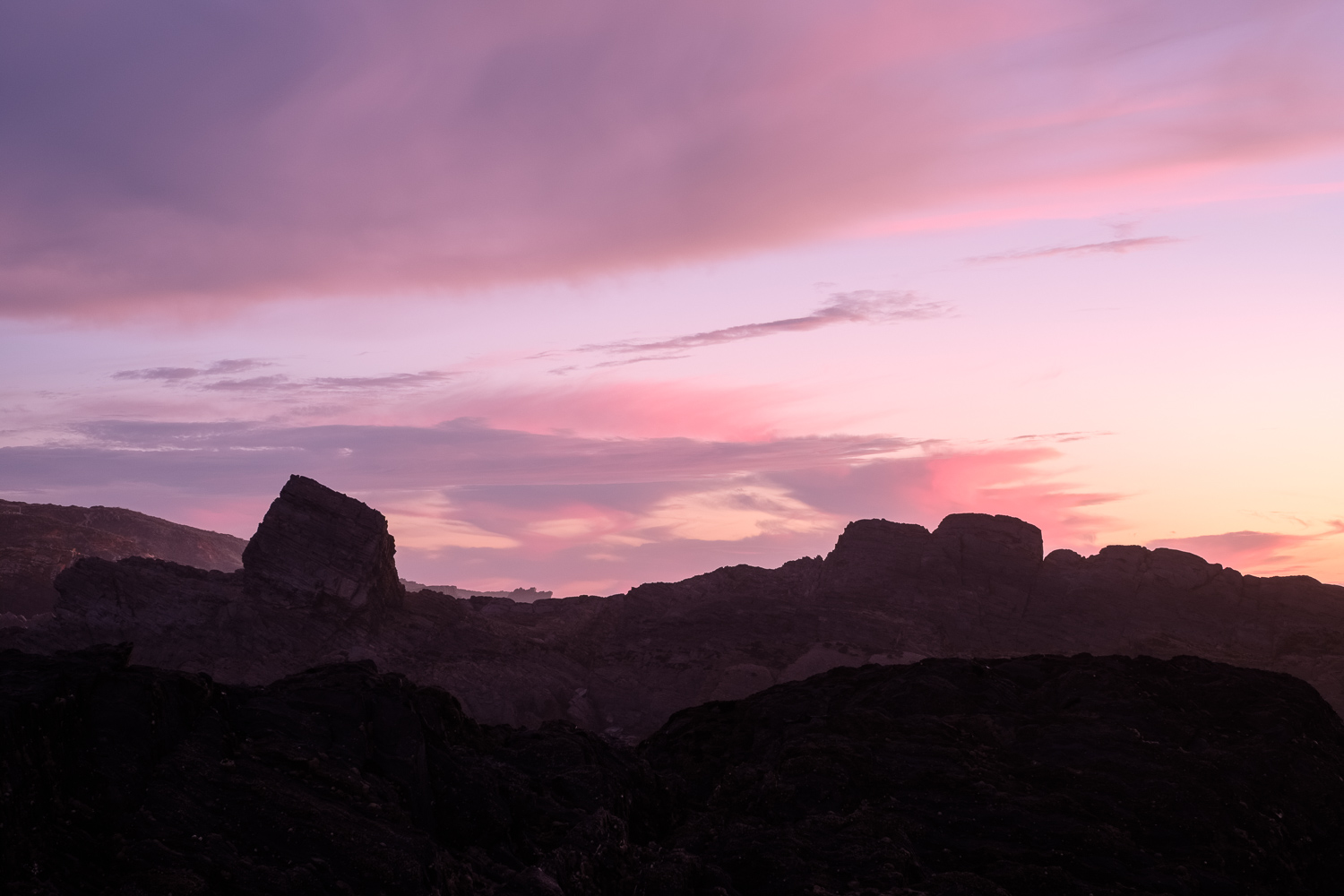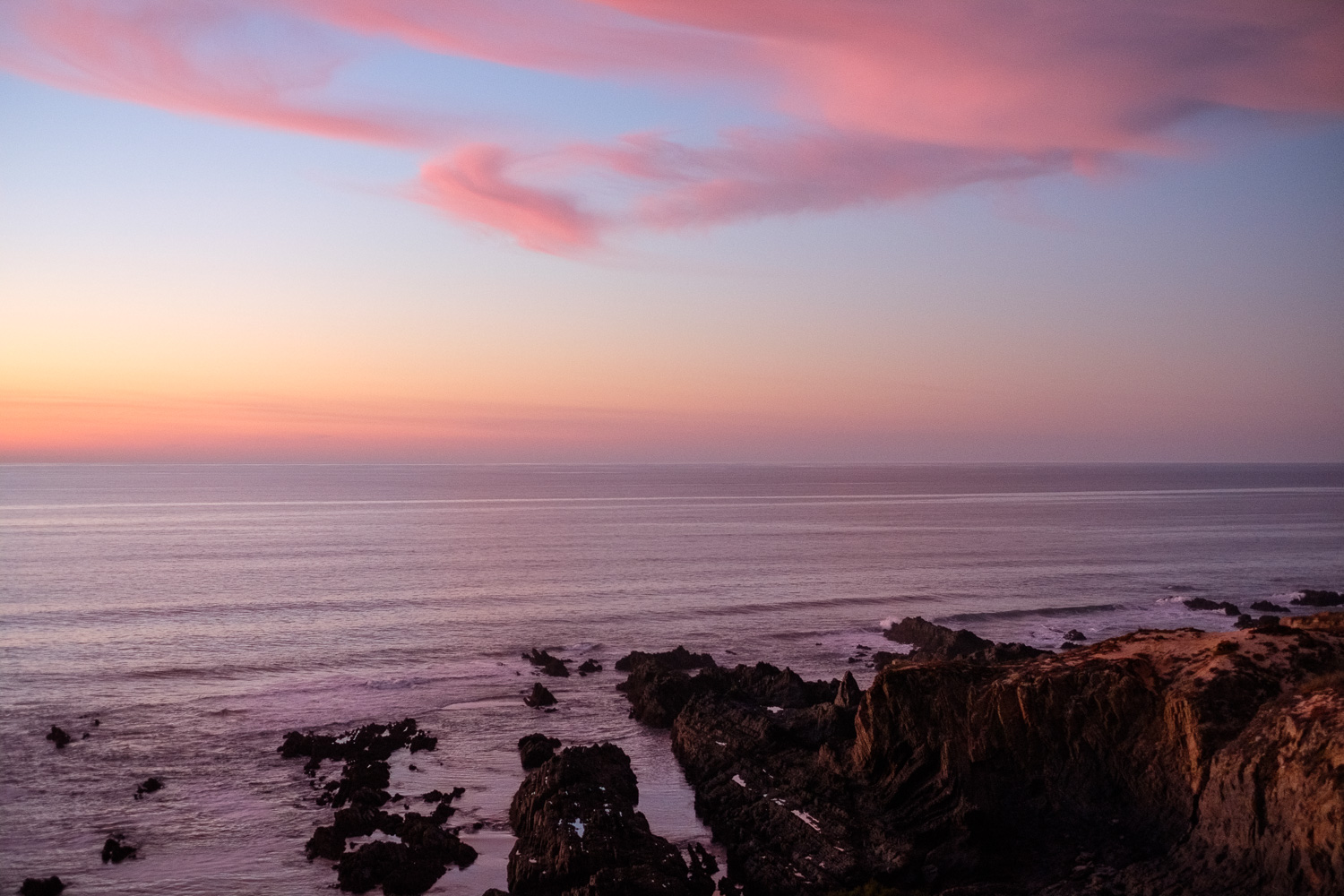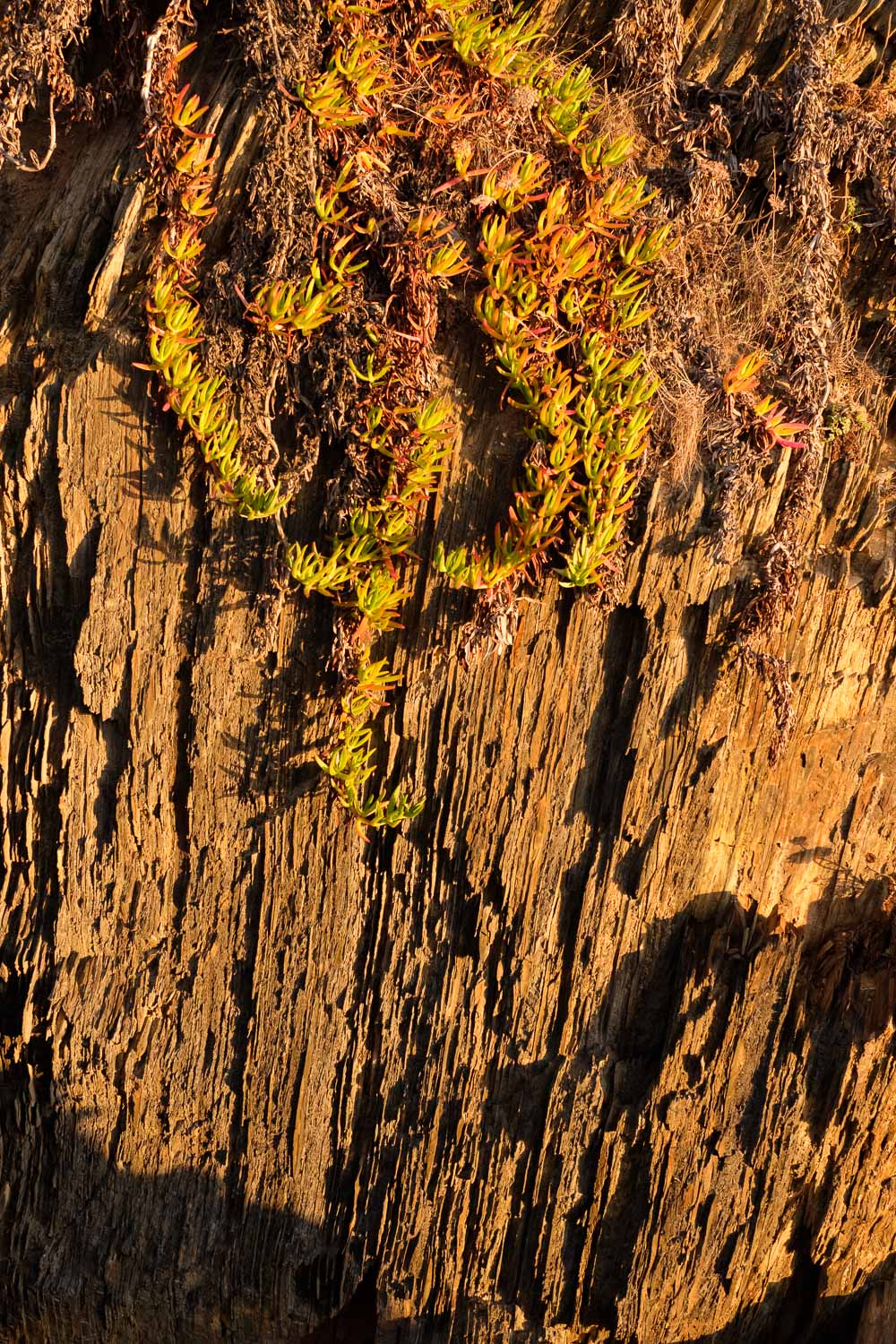I often go out in small photo walks with just one lens and no particular objective in mind. Since I prefer to use prime lenses, the one I decide to take in such outings is usually a focal length that I am used to. For this occasion it was the Fujinon 35mm f/1.4, which provides a normal angle of view.
Having recently spent a weekend in the Alentejo coast near Almograve, I simply carried one camera and one lens with me. I managed to take a short walk in a very familiar area, between the beach of Almograve and the fishing harbor of Lapa de Pombas, about 2 km long along the top of the cliffs. I wanted to take advantage of the low tide at sunset, to explore the small rocky inlets and pebbly beaches that can be found along these two locations.
Almograve is a starting point for one of the legs of the Vicentina trail that links to Cabo Sardão first, and then to Zambujeira do Mar. So it is very popular with trekkers, but they do not spend much time exploring this stretch of coast, which is a pity. Within this 2 km, if one descends to the sea, it is possible to find many interesting subjects, from the more generic landscapes, to more detailed aspects of rock textures and geologic features.
Normally, a normal lens is not the first choice when shooting landscapes, coming after the typical recommendation to use a wide angle lens instead. And that is fine, as I personally find that any lens from wide angles to telephotos can be used successfully for this genre. But I also think that a normal lens can facilitate a more natural angle of view on the landscape, without the exaggeration of distance between foreground and background (wide angle), or the magnified/compressed relationship resulting from a telephoto.
Along the way, there are several narrow sandy trails that are used by fishermen to go down to the sea level. Some of these are easier to negotiate then others, so due care is required. But the effort is well worth it, because once down near the sea, the cliffs are often made up of spectacular folded rock formations. These are a testimony to the the massive tectonic forces that have shaped the Earth, in this case during the Palaeozoic Era, hundreds of million years ago.
I spent the time until sunset carefully composing interesting frames of numerous subjects, such as craggy vertical rock surfaces, veined by mineral fractures; folded rocks; isolated plants clinging to the scarce soil. During and after sunset, I concentrated on the colorful clouds and water reflections, plus some rocky silhouettes. It is surprising the richness of subjects that can be found in this small area.
I find the small Fujinon lens perfect for such photo walks, providing a highly versatile tool for experimenting around. I found myself playing with depth of field when photographing a close up of a small shrub, with the cliffs behind. It is really simple to change the aperture on the dedicated lens ring, and this ends up providing a more tactile connection with the lens. The lens has high quality optics and provides an excellent starting point during processing of the RAW files later on. I only applied normal white balance, color and contrast adjustments, and the images came out really well.
